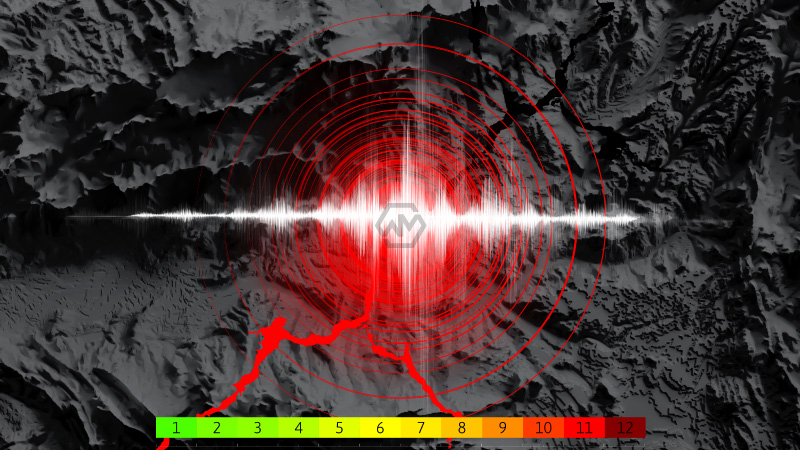- A magnitude 6.7 quake struck Indonesia’s Tanimbar Islands; no tsunami risk reported.
- A separate 5.5 quake was felt across southern Spain and parts of North Africa.
- Authorities in both nations urged calm, with no casualties or structural damage reported.
On July 14, 2025, a powerful magnitude 6.7 earthquake shook the Banda Sea near Indonesia’s Tanimbar Islands. According to Indonesia’s Meteorology, Climatology, and Geophysics Agency (BMKG), the quake occurred at a depth of 98 kilometers and was felt in several towns across the Maluku region.
Meanwhile, a magnitude 5.5 earthquake struck off the coast of southern Spain, approximately 32 kilometers from the town of Níjar in Almería province.
Seismic Tremors Shake Indonesia and Spain, Highlighting Global Tectonic Tensions
Indonesia’s quake is a reminder of the country’s vulnerability due to its location on the Pacific Ring of Fire, a major area of seismic activity where tectonic plates frequently interact. The region experiences hundreds of tremors annually, some of which have historically led to devastating tsunamis. BMKG’s swift communication and tsunami modeling helped prevent panic, reinforcing the importance of disaster preparedness.
BMKG Director for Earthquakes and Tsunamis, Daryono, emphasized the importance of public awareness and verified information, cautioning against the spread of rumors. He also advised communities to avoid cracked or structurally weakened buildings, particularly in areas with older infrastructure. Emergency teams were placed on alert to assess conditions in affected zones.
In Spain, the quake’s proximity to popular summer holiday destinations caused concern among tourists. The Spanish emergency services, particularly 112 Andalusia, received a surge in calls from residents and travelers seeking information. Google’s Android Earthquake Alert System sent real-time warnings to users, demonstrating how digital tools are playing an increasing role in seismic response.
Despite the absence of major damage, the dual quakes highlight how geological events can occur simultaneously across distant parts of the world, emphasizing the unpredictable nature of seismic activity. Both governments handled the events with measured communication and precautionary advice, showcasing the value of early-warning systems and crisis readiness in mitigating fear and misinformation.
Although both earthquakes caused alarm, quick responses and the lack of serious damage underscore the effectiveness of current seismic monitoring and public communication strategies.
“The Earth does not belong to us; we belong to the Earth.” – Marlee Matlin.



